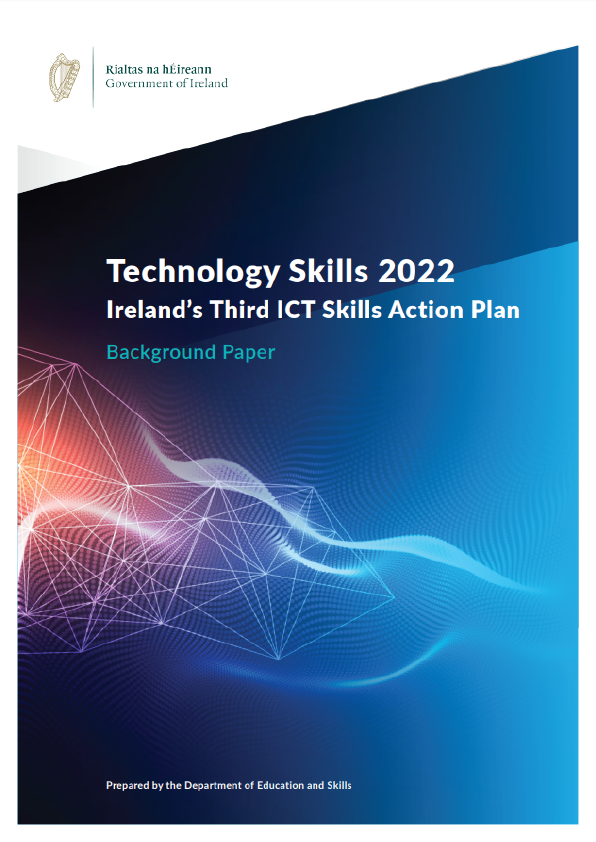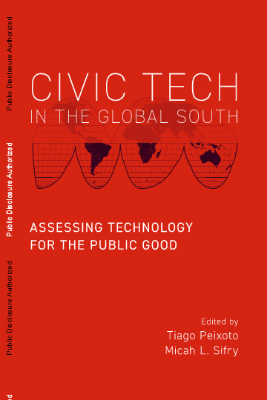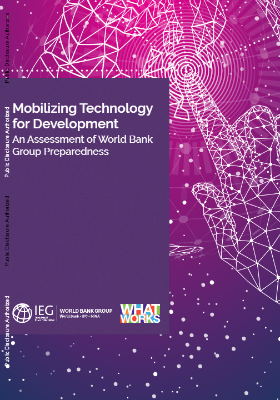The ICT Skills Action Planning Process 2012-2018
The two ICT Skills Action Plans developed and published since 2012 have been part of a collaborative industry-Government approach to building the domestic supply of high-level ICT graduates.
The first ICT Skills Action Plan, launched in 2012, contained a range of measures aimed at meeting ICT skills needs in the short-term while, in tandem, building the longer-term supply of high-level ICT graduates. Short term supply measures included the roll out of targeted conversion/upskilling programmes through Springboard+ and Skillnet Ireland (formerly Skillnets). The plan’s overarching target was a doubling of the output of level 8 graduates from mainstream ICT disciplines between 2011 and 2018.
Measures to build longer-term supply included the implementation of Project Maths and introduction of higher level bonus points in Leaving Certificate Mathematics, the roll out of the Smart Futures programme, as well as undergraduate work placements and supports for increasing retention rates in higher education institutions (HEIs).
The 2014-2018 ICT Skills Action Plan was developed to take account of updated demand forecasts from the Expert Group on Future Skills Needs (EGFSN) published in late 20136- which forecast that demand for high-level ICT skills would grow at an annual rate of 4.9% in the years to 2018 – as well as progress in building the skills pipeline. The 2014-2018 Action Plan included a target to meet 74% of demand for level 8+ graduates from domestic supply by 2018. Before the publication of the first plan, 45% of high-level ICT skills demand was met domestically from higher education programmes.
Key measures to increase indigenous supply included:
- The incentivisation of an additional 1,250 ICT undergraduate places in HEIs per year, with a target of 1,037 additional graduates per annum from the end of 2018;
- Continuation of ICT upskilling and NFQ Level conversion courses; and
- Collaboration with industry in the design of programmes and the provision of structured work placements
Actions directed towards enhancing ICT capacity and awareness in the education system included continued support for maths and ICT skills development through promotion and attraction measures, where possible facilitated by industry inputs e.g. the ‘Adopt a School’ programme, allied to curriculum reforms; an increase in HEI ICT programme retention rates from 80% to 83% over the lifetime of the plan; and the launch of the Digital Strategy for Schools, 2015-20207, with the aim of realising the potential of technologies to enhance teaching, learning and assessment at primary and post-primary level. During the lifetime of the plan the Government also launched the STEM Education Policy Statement, 2017-20268 and STEM Education Implementation Plan 2017-20199.
A key addition was a broadening of the scope of the plan to include measures to increase the supply of highly skilled ICT professionals from abroad. This was achieved through the development and launch of the Tech/Life Ireland initiative in 2016 to promote Ireland internationally as a destination for high-level ICT skills, the organisation of overseas career fairs, and improved processing times and fast track facilities in the employment permit process, including through the introduction of the Trusted Partner Registration scheme.
Expert Group on Future Skills Needs: Skills Demand Forecasting
Significant achievements can be attributed to the ICT skills action plan process to date. On the basis of the central baseline scenario set out by the EGFSN in its 2013 forecast i.e. the scenario regarded as most likely to occur (a 4.9% compound annual growth rate (CAGR) in demand), forecast supply figures, between output from the mainstream education and training system as well as inward migration, would have comfortably matched demand. According to the 2013 baseline forecast, total annual potential job openings were to increase from 5,939 in 2012 to 8,140 in 2018.
Adherence to this rate of demand growth would have effectively matched the 74% target set down in the 2014-2018 plan, for meeting demand from indigenous supply. In 2013 and 2014, this target was in fact exceeded. From 2015 onwards, however, buoyed by the recovery in the economy and wider labour market, demand for high-level skills moved onto the higher growth plane set out in the 2013 EGFSN report- which forecast a CAGR rate of 7.2%. As of 2018, indigenous supply is forecast to meet 57% of demand.
The Expert Group on Future Skills Needs undertook a refresh of its 2013 skills demand forecast in late 2017. It examined the demand for high-level ICT skills in Ireland over the five year period 2017 to 2022, within both the broad ICT sector as well as other sectors of the economy. High-level ICT skills are defined as those computing and electrical and electronic engineering skillsets associated with the design, building and maintenance of high-level ICT systems at Levels 6/7 and 8+ of the National Framework of Qualifications (NFQ). The study, which was based on comprehensive engagement with over 100 high-level ICT skills stakeholders in Ireland, as well as research and inputs on relevant domestic and international trends, resulted in the development of three skills demand scenarios for the 2017 to 2022 period. These forecasts used 2016 Census data related to the 14 occupations most closely associated with the deployment of high-level ICT skills: in total, high-level ICT professionals numbered 81,575 in 2016.10
Do you want to explore more about the topic? Read through the book from the above.











